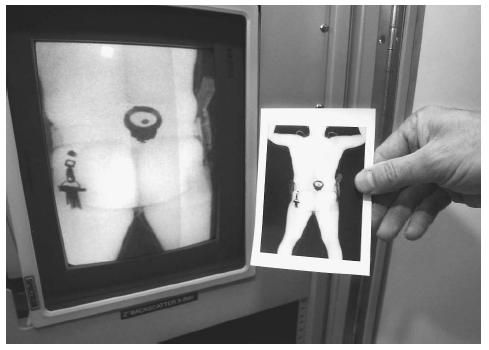Civil Aviation Security, United States

█ JUDSON KNIGHT
Civil aviation security in the United States is directed by the Transportation Security Administration (TSA), which was created after the terrorist attacks of September 11, 2001, under the Aviation and Transportation Security Act (ATSA). Prior to November 19, 2001, when President George W. Bush signed ATSA into law, the Federal Aviation Administration (FAA) handled civil aviation security. The passage of the new law, and the creation of the new administration, required changes to the federal statutes covering aviation security, which are contained in Title 49 of the Code of Federal Regulations, Chapter XII parts 1500 through 1699.
ATSA mandated increases in the numbers of federal air marshals, and placed airport security screeners under federal control. It required that all screeners be U.S. citizens (a provision later challenged by the American Civil Liberties Union), and that all bags be screened or matched to passengers. It also included provisions for awards of $1.5 billion to airports and private contractors to meet the direct costs of meeting new security requirements.
The law created TSA, to be headed by a Transportation Department undersecretary for security appointed by the president and confirmed by the Senate. Overseeing TSA would be a new Security Oversight Board consisting of cabinet secretaries, or their designees, from the departments of Transportation, Defense, Treasury, Justice, and Homeland Security (the latter, then the Office of Homeland Security, became a cabinet-level department on March 1, 2003), as well as one representative each from the Central Intelligence Agency and the National Security Council.
The undersecretary would appoint a federal security manager at each airport nationwide, and was authorized to provide air marshals as he or she saw fit. Each flight deemed a high security risk would have air marshals, who could be appointed at the undersecretary's discretion. In consultation with airport and law enforcement officials, the undersecretary would order the safeguarding or airport areas as needed.
In the field of airport security screeners, these were placed under federal control as uniformed TSA employees. Airport security screeners had to be proficient in English, pass background checks, undergo a minimum of 40 hours' classroom instruction or the equivalent, complete 60 hours on-the-job training, and be tested each year.
In addition, the undersecretary was authorized to establish a test program whereby five airports (one from each of five levels of security risk) would be permitted to contract directly with private companies. These companies would have to have standards at least as high as those of the federalized screening force, which would operate at all other hub airports—of which there were 424 total in the United States at the time—for two years. At the end of two years, airports would be allowed to opt out of the federalized screening program if they so choose.
Within 60 days, all checked baggage would have to be screened, either by explosives detection machinery, or manually. The law also authorized the Secretary of Transportation to require airports to use all necessary equipment for the detection of chemical or biological weapons.
█ FURTHER READING:
PERIODICALS:
Croft, John. "Air Security Bill Clears Lawmakers' Logjam." Aviation Week & Space Technology 155, no. 21 (November 19, 2001): 46.
"Responses to ASR's Survey on Aviation Security Post-Sept. 11." Airport Security Report 9, no. 19 (September 11, 2002): 1.
"S. 1447, Aviation and Transportation Security Act." Airports 18, no. 48 (November 27, 2001): 5.
ELECTRONIC:
Transportation Security Administration. < http://www.tsa.gov/public/ > (March 5, 2003).
SEE ALSO
Air marshals, United States
Aviation Security Screeners, United States
FAA (United States Federal Aviation Administration)
September 11 Terrorist Attacks on the United States
Transportation Department, United States
Comment about this article, ask questions, or add new information about this topic: